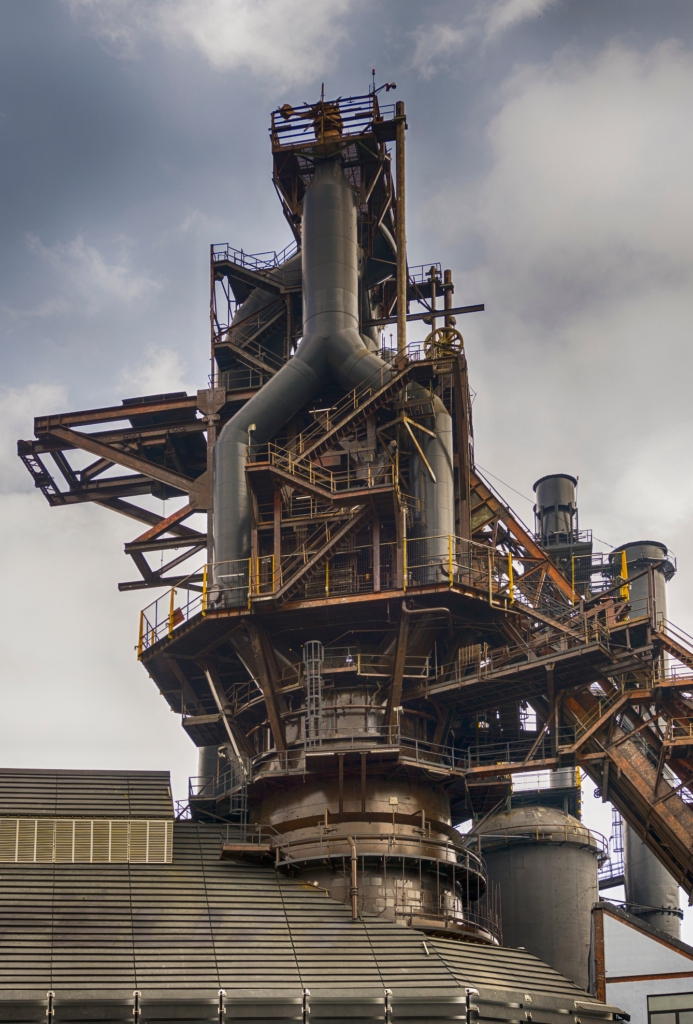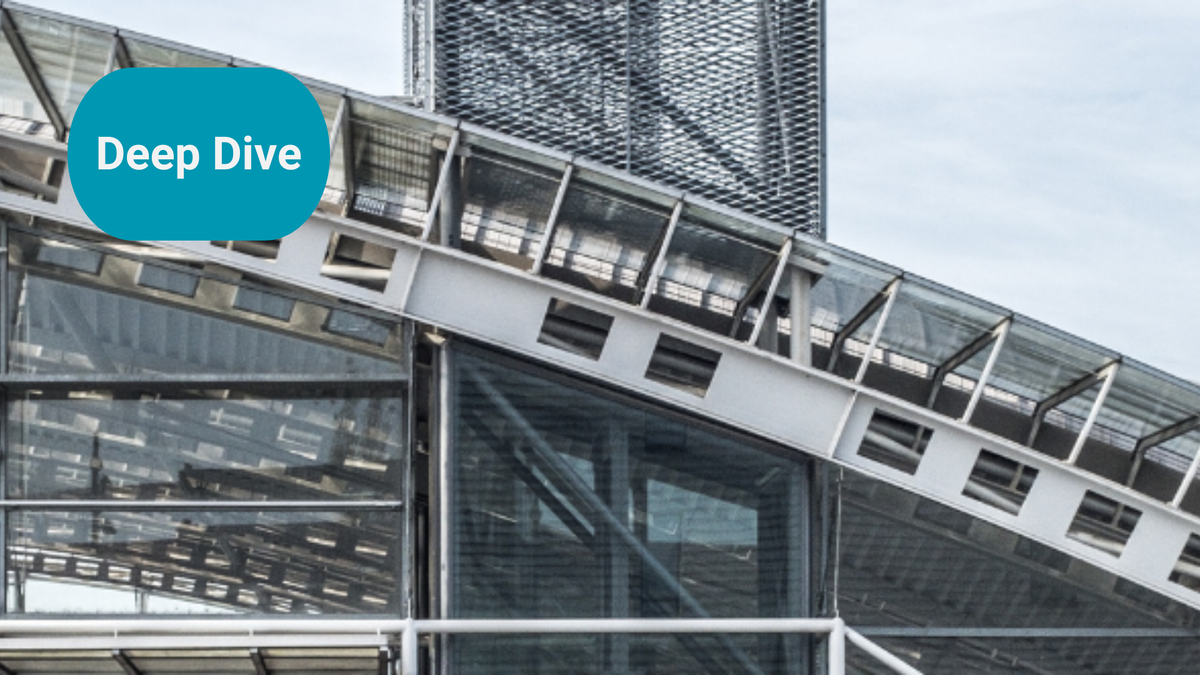
Will carbon capture enable green steel faster?
The sad answer is probably not. The current best technology in cost terms for new steel is a blast furnace - which uses a lot of coal. So bad for the environment.One solution being heavily promoted is carbon capture. But other options look better.
The sad answer is probably not. The first question is why might we need carbon capture in steel making? An unfortunate reality is that while making steel with an Electric Arc Furnace (EAF) is both cost competitive and better for the environment, we will still need to produce new steel (remember that EAF's use scrap steel). And to do this the current best technology in cost terms is a blast furnace - which uses a lot of coal. So bad for the environment.
One solution being heavily promoted is carbon capture and storage (CCS). And it's not just the steel and coal industry pushing this, the latest IPCC report talks about carbon capture as "playing a key role in the transition of industry to net zero".
I know that many people object to carbon capture in principle, as 'supporting the continuation of the fossil fuel based status quo and postponing change'. My concern is simpler - I am unconvinced it will work.
Which is why a recent report from sandbag entitled "Steel and CCS - potential costs and bottlenecks" caught our eye. This seems to support our sceptical stance.
This is a What Caught Our Eye story - highlighting reports, research and commentary at the interface of finance and sustainability. Things we think you should be reading, and pointing out the less obvious implications. All from a finance perspective.
It's free to become a member ... just click on the link at the bottom of this blog or the subscribe button. Members get a summary of our weekly posts, including What Caught Our Eye and Sunday Brunch, delivered straight to your inbox. Never miss another blog post !
Could CCS allow decarbonised steel to happen sooner?
Many years ago I used to work in the gas industry, and we used CO2 removal techniques to clean up our gas flow before injecting it into pipelines etc. So I know it can work. But that was a very specific application.
It's not a tool that can work everywhere, and yet that seems to be what many governments are hoping for.
A good starting question in relation to green steel is where might carbon capture actually make good financial sense, and where might other technologies be more appropriate? Rather than a vague discussion about carbon capture as a concept, surely it's better to examine specific applications in detail.
The good news is that this was the topic of a recent report from sandbag, which looked at the potential for carbon capture in the European steel industry.

Their conclusion was that while carbon capture is obviously better than keeping on running existing steel making blast furnaces, it's inferior, in economic, environmental and energy use terms, to other available solutions.
This is a two part question - today I will tackle retrofitting existing blast furnaces. In a later blog we will look at newer technologies and the other solutions.
Blast furnaces are what most people think of when we talk about steel making, and they are the biggest producers of steel globally. And so a good place to start.
Why is green steel so important?
Let's start at the beginning. According to a recent Columbia Business School overview, steel production is responsible for 6% of global GHG emissions.
The most common technology used in steel production is the Blast Furnace-Basic Oxygen Furnace (BF-BOF) Process, what most people call blast furnaces. This is used in 73% of global steel production. And in China, BF-BOF is used for 90% of steel production.
The challenge with the BF-BOF process is that it uses a lot of coal. It is estimated that the GHG emissions from this come to c. 2.32 tonnes of CO2 per ton of crude steel produced (it's worth remembering this number).
To give this a point of reference, if we use scrap steel in an Electric Arc Furnace (EAF) this typically produces 0.67 tonnes of CO2 per ton of steel, or 71% less.
If you want to know more about the move to green steel, and the emissions challenges around BF-BOF, we wrote a long blog on the topic back in Jan 2023. We cover the various production technologies in the second half of the blog.

Carbon capture as the obvious solution
One 'obvious' solution to the BF-BOF challenge is to use carbon capture to reduce the emissions - effectively 'bolting it on' to existing blast furnaces, sucking up the CO2 before it hits the atmosphere. To be clear, this doesn't do anything to reduce the methane and CO2 emission issues around coal production - a topic for another blog !
You need to know that carbon capture is not one technology, there are a number of alternatives, each with their own pro's and con's. Chemical absorption of the CO2, particularly using mono-ethanolamine (MEA), stands out as the most mature technology in terms of capture performance.
An alternative method for carbon capture involves utilising SEWGS (Sorption Enhanced Water Gas Shift) to capture carbon from the blast furnace flue gas. This is a less mature technology, with the potential demonstrated under the STEPWISE initiative at a pilot plant, capturing 14t CO2 per day.
When sandbag ran the numbers the cost per tonne of CO2 captured ranged from E71 to E83. So, expensive but not outrageously so. But that is not the total answer. To get to that we need to add two more elements.
The first is the impact on the total production cost. They use a base cost for current European BF-BOF production of E418/tonne of steel. Carbon capture with MEA comes in some E76/tonne of steel more expensive (+18%) and for SEWGS its E160/tonne of steel more (+38%).
And the second - it's the point we made earlier. This doesn't do anything to reduce the methane and CO2 emission issues around coal production. And these carbon capture numbers do not include emissions from the upstream process such as coking and sintering (an additional 0.38 tCO2/t steel), which are NOT addressed by carbon capture. And even using mature technologies, not all carbon gets captured, and so a decent amount still gets emitted into the atmosphere.
The bottom line is that a partial bolt on carbon capture solution for existing BF-BOF steel production doesn't look like it makes sense. It's expensive (especially for a commodity product such as steel), and it only partly solves the CO2 and methane emission challenge.
In a future blog we will look at some of the better alternatives - but to give you a taster, you might want to read this blog about the DRI-EAF process.
Technologically and financially better, but not so good for jobs.


Please read: important legal stuff.



